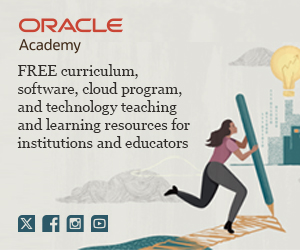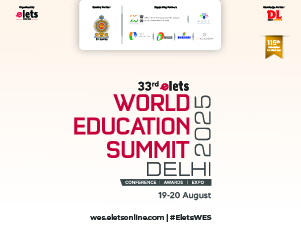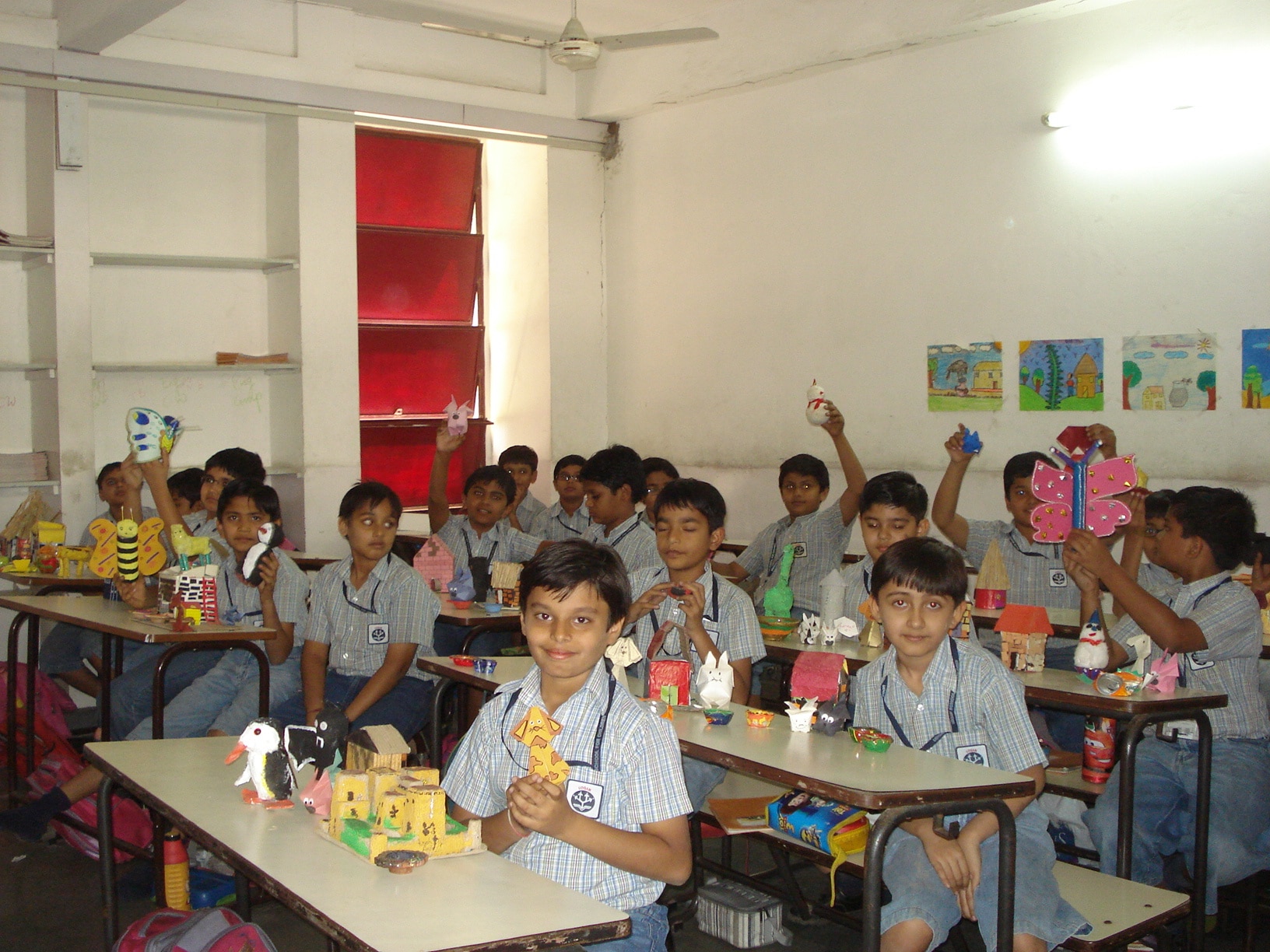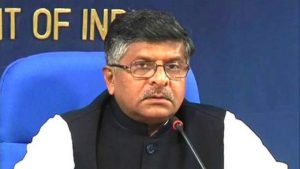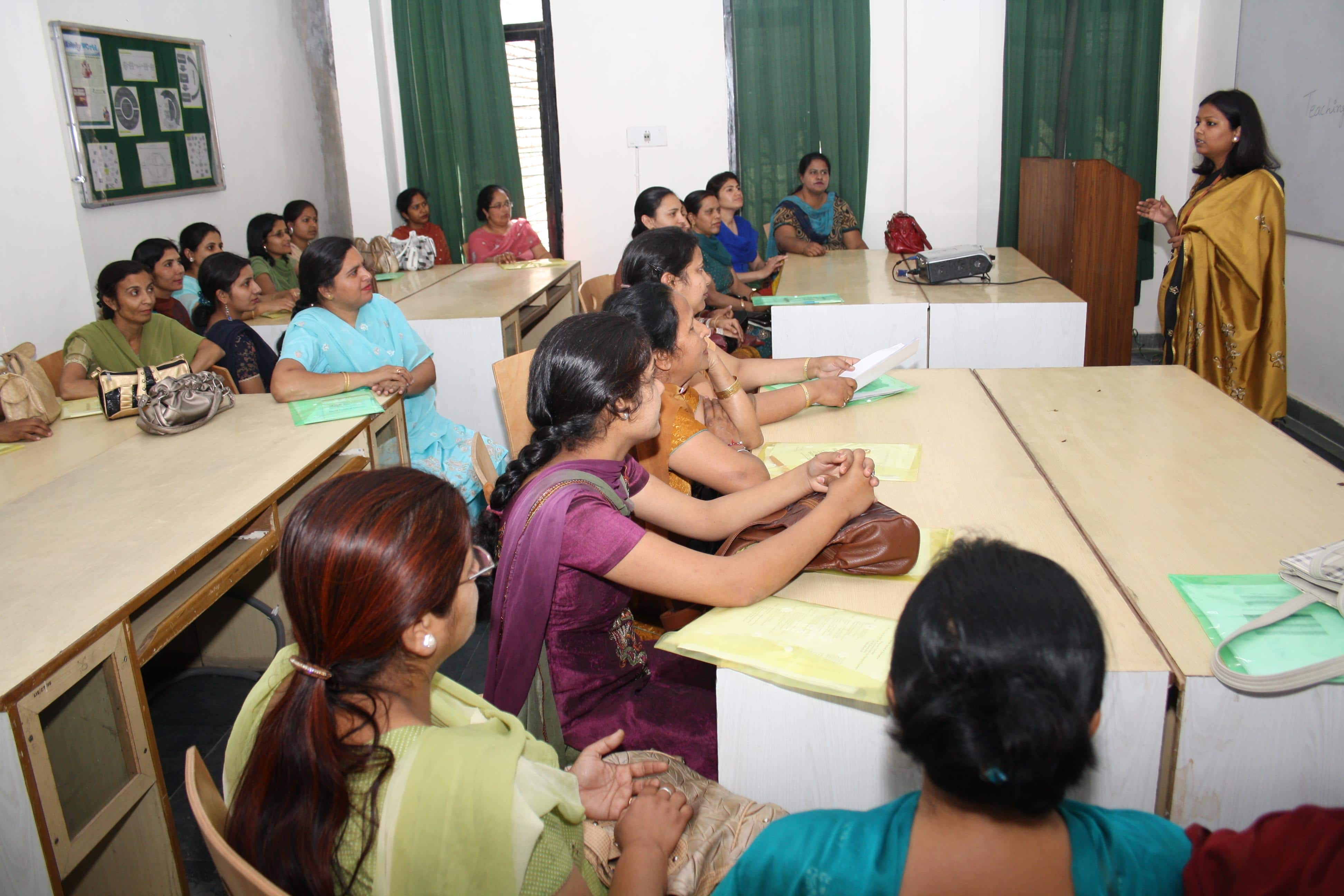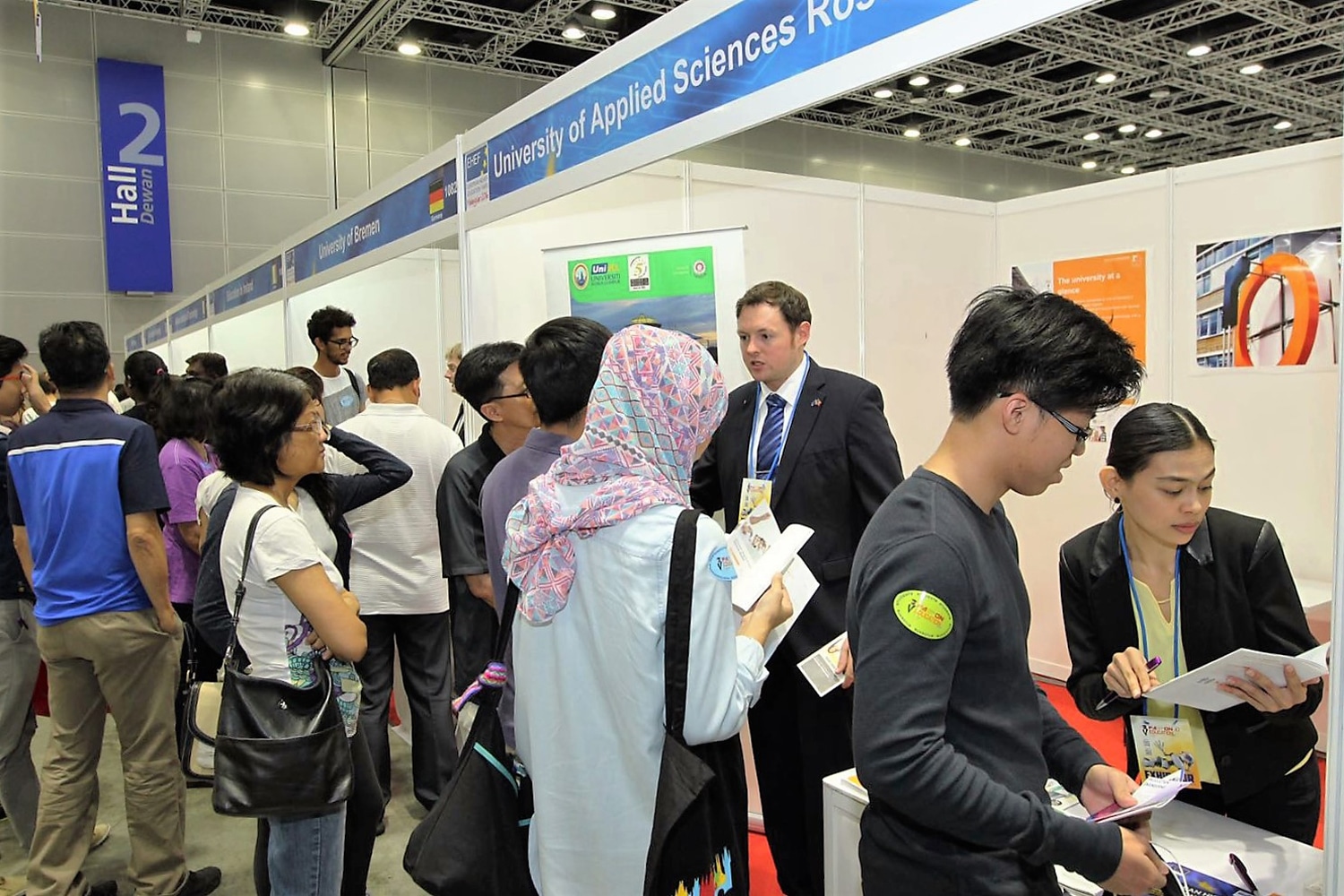The Central Board of Secondary Education (CBSE) schools in Kerala and Lakshadweep are going to promote art, culture and creativity to showcase the talents of their students.
According to a top official, the initiative is in line with the board’s vision of developing a robust system for holistic development of children. “Co-curricular activities supplement and complement the curricular or main syllabi activities. These are very important to develop the students’ personality as well as to strengthen classroom learning”, said Tarun Kumar, CBSE Regional officer,Thiruvananthapuram.
Letters to around 1,350 schools of Kerala and the Union Territory of Lakshadweep, which comes under Thiruvananthapuram division, have been sent asking them to start video channels on their websites or use any free video sharing app to provide a platform for students to exhibit their skills.
According to Kumar, some schools have started using websites like Youtube or vimeo for uploading or sharing the activities in form of videos. “We have prepared elaborate themes such as patriotism,love to humanity and compassion, empathy, caring and sharing,honesty, sincerity and self-reliance as topics for the students to choose from, so that these human values can be inculcated”, he added.
Many schools in Kerala are already promoting such creative activities. The activities can be in the form of skits, dance-drama, extempore, flash mob, rendition, shadow play, tableau, motivational speech, short film scripted and directed by students or a cartoon strip.
Kumar emphasises on organising stage shows in music room/activity room/auditorium of schools on weekly basis to encourage students for showcasing their talents. He said, “More emphasis should be given on expression and raising self-confidence without any additional cost to the children.”






